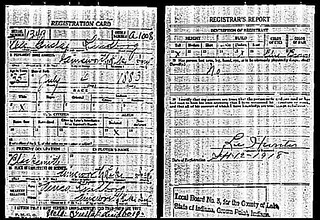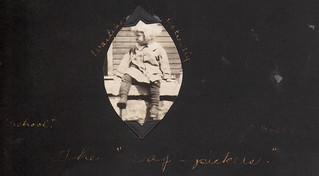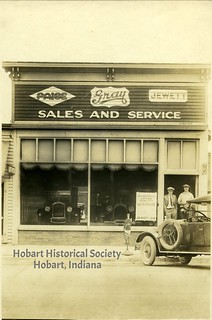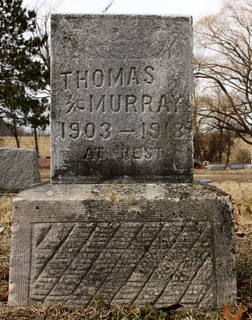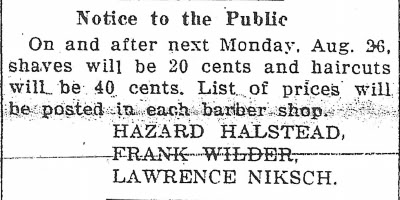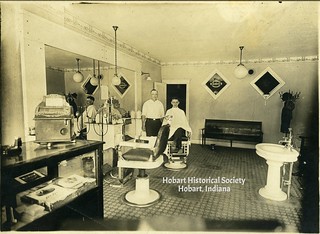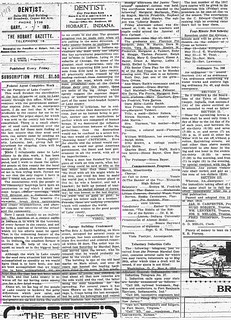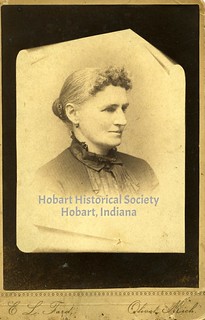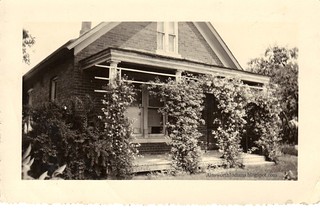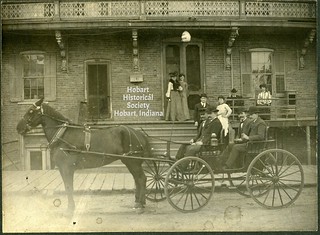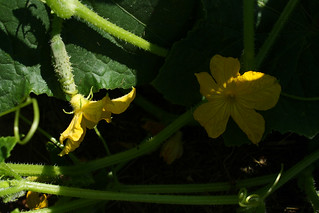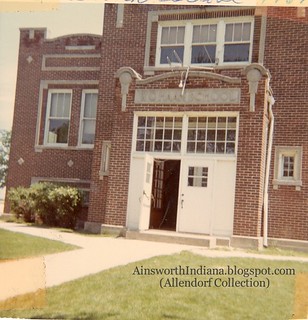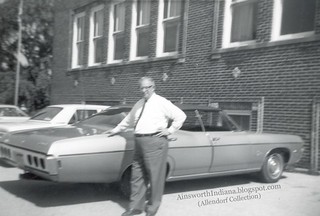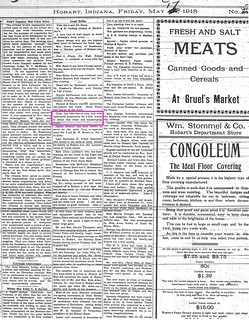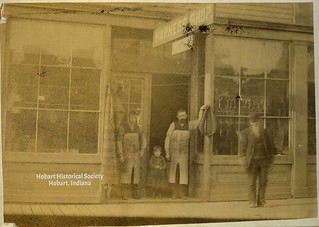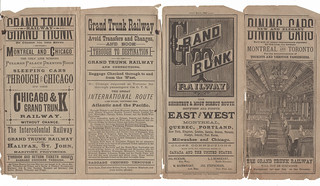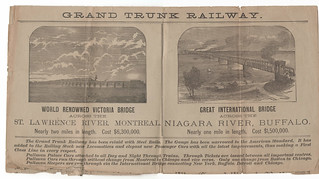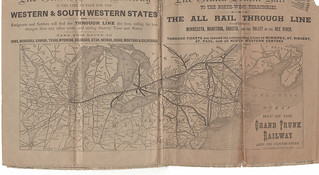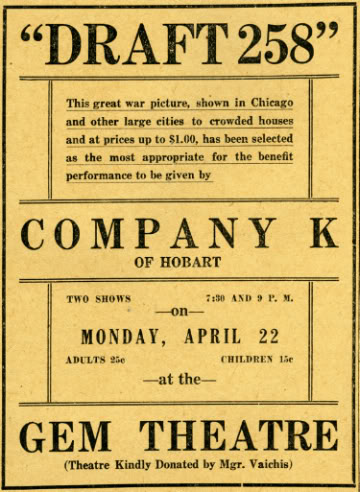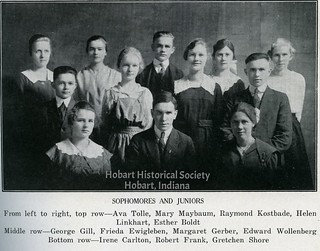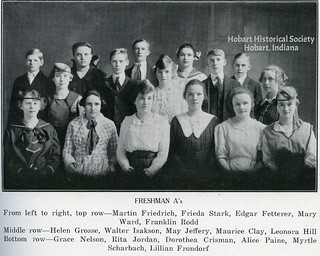For their home-grown militia, the proud residents of the Hobart area had raised $80 to buy a company flag. They chose the E.A. Armstrong Mfg. Co. of Chicago as the supplier. In the latter part of May 1918, the flag and its accoutrements were delivered to Hobart. The
Gazette described the outfit in some detail:
"[The flag] is composed of the finest banner silk, grown in America, but hand loomed in France, the best that money can buy for the size. The size is U.S. regulation, 4.4 feet by 5.6 feet. The outfit comprises, besides the flag, a jointed ash staff, nickeled, a rain cover, a dust cover and a leather belt.
Awaiting Decoration Day and its formal presentation to Company K, Herman Pflughoeft put the flag on display in the window of his furniture store. Hundreds of people came by to look at it.
Undoubtedly, Decoration Day had special significance this year, with the war raging overseas, 100 Hobart-area men in the service and one dead, and the war-related worries, shortages, work and drives overshadowing every waking moment (and many dreaming moments, too, I'm sure).
The town was preparing for its ceremonies and parade. The team of C.C. Shearer and Marshal Fred Rose, Sr., who had served so well for the
Liberty Loan parade, would once again be in charge for the day. Although Company K's officers had already received their state-supplied uniforms, the rank and file had not; Captain Charles Reeves and First Lieutenant Walter MacPherson investigated the situation and learned that the men's uniforms were languishing in storage in Indianapolis, with no hope of delivery before the big event. On May 28 the two officers hopped aboard a train bound for the capital, intending to take matters into their own hands.
In fact, they managed to bring back enough uniforms to outfit most of the men. When Decoration Day finally arrived, Company K "presented a fine appearance," largely in uniform and shouldering rifles.
Early-morning rain clouds had cleared away by 9:45, when the flag ceremony took place near the school on Fourth Street, in the presence of the assembled parade participants and spectators. Seven "old soldiers" (probably Civil War veterans) had carried the flag to the site. At Captain Reeves' command, Company K assembled itself. Town board president James Carpenter took the flag from the old soldiers and, with a brief speech of presentation, handed it to Company K's color-bearer, Robert Roper.
The parade then formed itself and began marching. Everyone who was not in the parade was standing on the sidewalks, watching. In the lead were Marshal of the Day C.C. Shearer and his assistant, Marshal Fred Rose; then came the Commercial Club band, playing its heart out; then Company K, with its new flag gleaming in the sunshine, and the "old soldiers"; they were followed by wreath-bearing girls, boy scouts, members of the Order of the Eastern Star, a crowd of schoolchildren, and, finally, ordinary citizens driving autos.
The column wound its way to the Hobart Cemetery and stopped. N.P. Banks came forward to conduct the ceremonies honoring the Civil War veterans who lay there — 48 of them, according to the
News. General John Logan's
Memorial Day Order was read, wreaths were laid on the veterans' graves, and Company K shouldered its rifles and solemnly fired off three volleys.
Afterward the parade re-formed and marched back to the schoolhouse. People crowded into the auditorium to hear a speech on war events, a reading of Lincoln's Gettysburg Address and patriotic songs.
In the afternoon, Company K took its new uniforms and flag to march in the parade at Gary.
I do not know what has become of the flag.
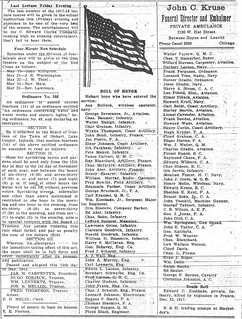 (Click on image to enlarge)
(Click on image to enlarge)
The Roll of Honor as it appeared in the Hobart Gazette of May 17, 1918.
♦ ♦ ♦
On June 10, Reeves and MacPherson, along with Second Lieutenant Franklin Fetterer and Captain Dwight Mackey, M.D., once again departed for Indianapolis, this time to attend officers' training school. (The Sunday before they left, Company K's baseball team played a game against the East Gary team. History does not record who among Company K served on the team, nor the outcome of that game.)
The officers returned from Indianapolis on June 12 to report what Governor James Goodrich had told them:
The governor addressed the officers and intimated that owing to the serious Mexican troubles it would probably be only a matter of a brief period until the state troops would be asked to volunteer for border service and in the event of war with that country where 400 German officers are in active service, the state would be asked to raise an army for government defense. If Mexico places a chip on her shoulder, United States would be compelled to brush it off, and she would.
But for the moment Company K's greatest concern was its third fund-raising dance, scheduled for June 15 in Odd Fellows' Hall. All the men who had uniforms were to wear them to the dance, to "give the affair a military bearing." A military bearing was just what people wanted these days.
Sources:
♦ "Capt. Reeves and Lieut. McPherson Go After Uniforms." Hobart News 30 May 1918.
♦ "Company K Notes." Hobart Gazette 7 June 1918.
♦ "Decoration Day Patriotically Observed in Hobart." Hobart News 6 June 1918.
♦ "Local and Personal." Hobart News 6 June 1918; 13 June 1918.
♦ "Local Drifts." Hobart Gazette 17 May 1918; 31 May 1918; 7 June 1918; 14 June 1918.
♦ "Memorial Day Observance." Hobart Gazette 7 June 1918.
♦ "Militia Flag Has Arrived." Hobart Gazette 24 May 1918.

